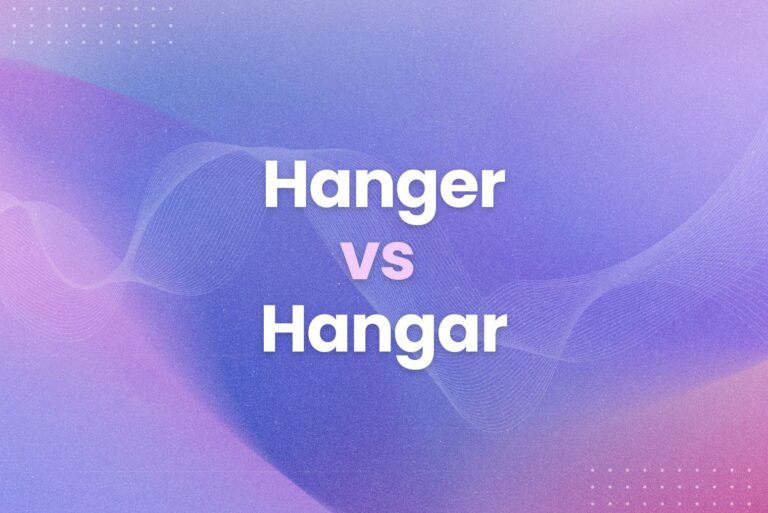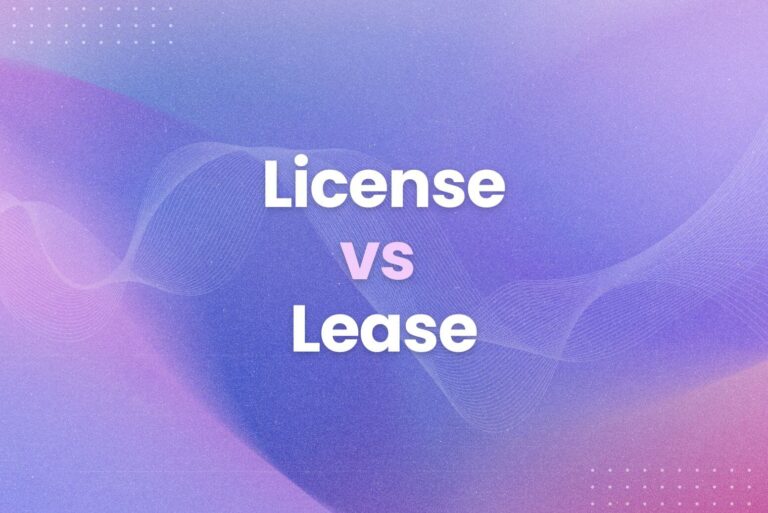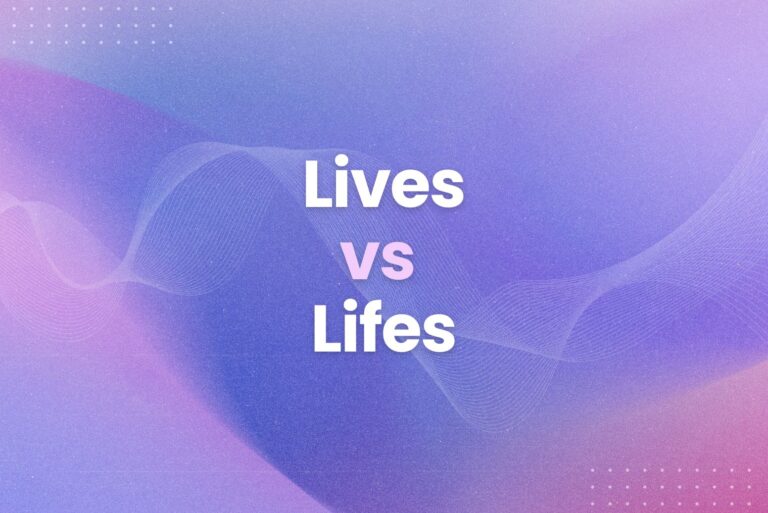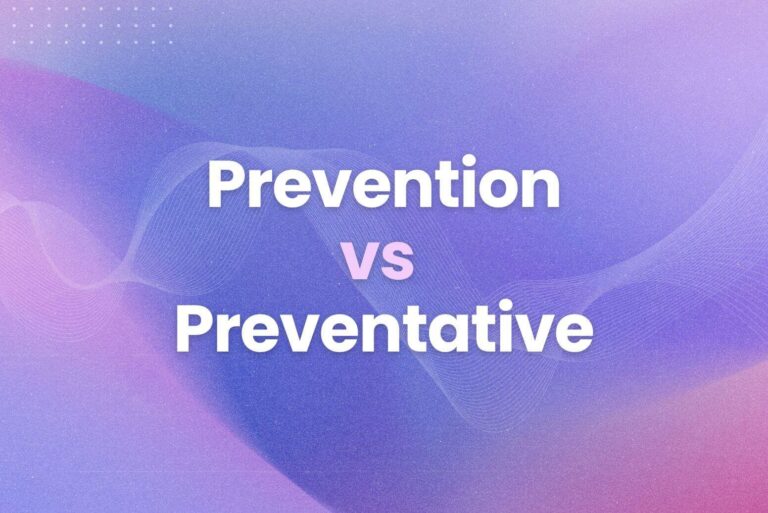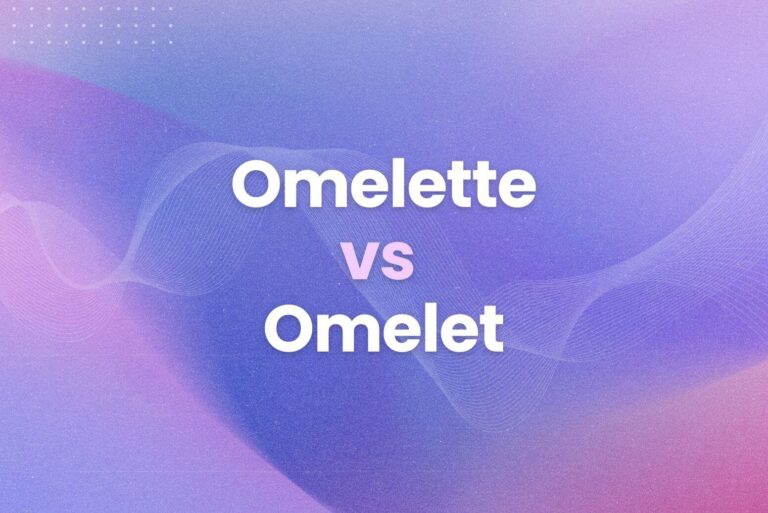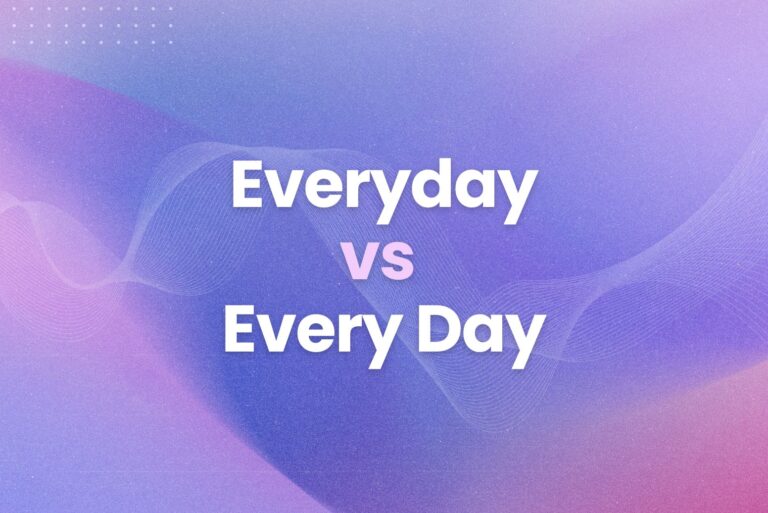Has vs Have Explained: Avoid These Common Mistakes
Grammar gremlins can really mess with your message. Using “has vs have” incorrectly can make your writing seem unprofessional, even if the rest is spot-on. It’s a common stumbling block, but it doesn’t have to be. In fact, mastering these two words is easier than you think.
This guide breaks down the simple rules of has vs have, so you can write with confidence. Here’s what we’ll cover:
- When to use has (singular subjects).
- When to use have (plural subjects and I/you/we/they).
- Common mistakes to avoid.
When to Use Has (Singular Subjects)
Has is your go-to word when dealing with singular subjects. That is to say, when you’re talking about one person, place, thing, or idea, has is your friend. For example, “He has a new car,” or “The company has launched a new product.” It’s straightforward, right?
But let’s dig a little deeper. Has also pairs with singular indefinite pronouns. These are words like everyone, someone, anyone, nobody, each, and either. For instance, “Everyone has their own opinion,” or “Each student has a textbook.” These words refer to a single, unspecified entity. Consequently, they take the singular verb has.
Pro Tip: Think of has as the s-ending verb for singular subjects. It’s similar to how many singular nouns add an s (cat/cats). This can be a handy memory trick.
Let’s look at some more examples to solidify this:
- The dog has a bone.
- My sister has a great sense of humor.
- This book has an interesting plot.
- Each of the team members has a specific role.
In short, if your subject is one thing, use has. It’s a simple rule that makes a big difference in clear communication. In addition, using has correctly improves readability and makes your writing look more polished.
When to Use Have (Plural Subjects and I/You/We/They)
Now, let’s switch gears to have. We use have with plural subjects. That is to say, when you’re talking about more than one person, place, thing, or idea, have is the correct choice. For instance, “The dogs have been playing in the park,” or “Our team members have extensive experience.”
However, there’s a key exception: have is also used with the pronouns I, you, we, and they, even though I is singular. This is simply a grammatical quirk of English. For example, we say, “I have a question,” not “I has a question.” Similarly, we say, “You have a great opportunity,” “We have a meeting tomorrow,” and “They have arrived.”
Pro Tip: Remember the phrase “I, you, we, they have a party.” This silly sentence can help you memorize the pronouns that take have.
Here are some more examples to illustrate this:
- My friends have a new band.
- The students have finished their exams.
- We have a lot of work to do.
- You have a bright future.
- I have always wanted to travel.
If your subject is more than one thing or if it’s I, you, we, or they, use have. Therefore, using the correct form of the verb makes your writing much clearer. In addition, it shows attention to detail.
Common Mistakes to Avoid (Has vs Have)
One frequent error is using has with plural subjects. For example, saying “The books has arrived” is incorrect. The correct phrasing is “The books have arrived” because “books” is plural. Similarly, avoid saying things like “My friends has a new car”. The correct phrasing is “My friends have a new car”.
Another common mistake involves collective nouns. Collective nouns refer to a group of people or things, but they can be singular or plural depending on the context. For instance, words like team, family, committee, and group are collective nouns. If the group is acting as a single unit, use has. If the members of the group are acting individually, use have. For example:
- That team has won the championship. (The team as a single unit)
- The team have different opinions on the strategy. (The individual members of the team)
Pro Tip: Context is key with collective nouns. Ask yourself: Is the group acting as one, or are the individuals within the group doing their own thing? This will clarify which verb to use.
Here are a few more examples of common mistakes and their corrections:
- Incorrect: They has a lot of experience.
- Correct: They have a lot of experience.
- Incorrect: Each of the students have a textbook.
- Correct: Each of the students has a textbook.
- Incorrect: The family have decided to go on separate vacations.
- Correct: The family has decided to go on separate vacations. (If they made one collective decision)
- Correct: The family have packed their own suitcases. (If each member packed their own)
By understanding these common errors, you can polish your writing and communicate more effectively. Furthermore, avoiding these mistakes makes your writing more professional.
Ready to Master Your Grammar with Arvin?
Mastering has vs have doesn’t have to be a grammar nightmare. We’ve covered the core rules, explored common pitfalls, and provided practical examples. Therefore, you’re now equipped to confidently use these verbs and elevate your writing. In short, paying attention to these small details makes a big difference in clear, professional communication.
Here are the key takeaways on has vs have:
- Use has with singular subjects (he, she, it, singular nouns, and singular indefinite pronouns).
- Use have with plural subjects (plural nouns and the pronouns I, you, we, they).
- Be mindful of collective nouns and context.
- Practice makes perfect.
Remember, even seasoned writers sometimes need a little help. That’s where Arvin comes in. Arvin is a powerful AI writing tool that can help you polish your grammar and ensure your writing is clear, concise, and error-free.
Similarly to how we’ve broken down the rules of has and have, Arvin can help you navigate other grammatical complexities, ensuring your message is always on point. So, give Arvin a try and see how it can transform your writing.
FAQs About Has vs Have
When to use has vs have?
Use has with singular subjects (he, she, it, singular nouns, and singular indefinite pronouns like everyone, someone, nobody). Use have with plural subjects (plural nouns and the pronouns I, you, we, and they). For example, “She has a cat,” but “They have two cats.”
When to use has or is?
Has indicates possession or ownership. Is is a form of the verb “to be” and describes a state of being or condition. For example, “He has a new car” (possession), but “He is happy” (state of being). In short, if you can replace the verb with “owns,” use has.
Does John have or has?
Since “John” is a singular noun, you would use has. Therefore, the correct phrasing is “John has a new job.”
Which is correct: someone has or have?
“Someone” is a singular indefinite pronoun. Consequently, the correct phrasing is “Someone has left a message.”
